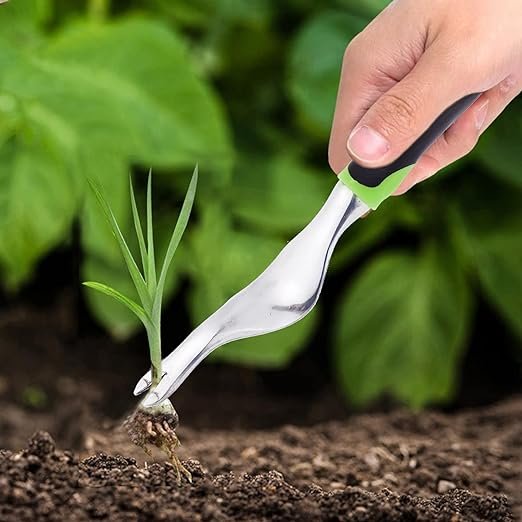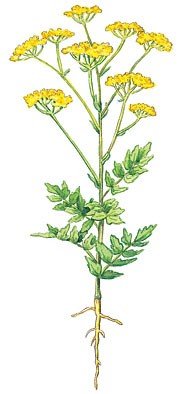First of all, eliminating Wild Parsnip is not a casual job. It takes care and persistence. This occurs over a minimum of two years during the entire growing season. Large infestations of hundreds or thousands of plants can take four or five years to reach zero.
The lifecycle of Wild Parsnip is such that any infestation has new (year one) plants and maturing (year two) plants. The new crop are low to the ground and are focused on building a deep tap root. The maturing plant has a stalk and is focused on developing seeds – then it dies naturally.
Removing the second year plants is easier than digging up the first year plants. If you have a minimal total population then do try to take out both.
Number one, start early. In Ontario, Canada this means late May.
The first step is assessment of the job at hand.
If you are dealing with a very small number of plants then you don’t need to dress in a hazardous materials suit. Gloves, long sleeves and long pants is sufficient. Have a bucket of soapy water ready.
The first year plants are like taking out dandelions. This requires you take out the tap root. There are hundreds of fancy tools; I recommend getting down and dirty with something like this:

Removing the greenery is a waste of time; dig out the tap root.
If you are so inclined, you can use Roundup or similar herbicide. But you must do it very early in May and be cognizant of the dangers and effect on the surrounding plants. In Ontario and Quebec there are no legally available stronger alternatives, even to professionals. The “good stuff” is 2,4–dichlorophenoxyacetic acid and can’t be imported or used. Poison applied later in the season is a complete waste of time and money.
Maturing plants are best removed by direct action – pulling them out of the ground. Stand directly over the plant, use both hands, and grasp close to the ground. Pull straight up and smoothly. In most soils you will be able to pull the entire plant out, including the critical element – the entire tap root.
Conditions vary of course – dry soils, rocks, dense vegetation can create failure and you end up with the tap root left behind. DO NOT MOVE ON. Stop and get out your digging tools. At the very least, remove the top 5 cm (2 inches) of the tap root.
If you are careful and use proper technique, and the soil is ideal, you can remove 98% of the plants without resorting to digging.
The plants should be moved to a place where people and pets are unlikely to come in contact for several weeks while they dry out and die.
After you’ve taken all of the plants out – guess what – you’re not done. The crop doesn’t all sprout or grow at the same time and rate. A few weeks after the first sweep you have to return to the hunt and take out the ones that were missed or newly emerged. You will often find those amongst other vegetation like tall grasses, shrubs and tree cover. These plants are often spindly and don’t have enough strength to stand up straight. Take extra care to pull them – the stalks break quite easily and create more work for you to dig out.
Safety. If you move anywhere near Wild Parsnips for any reason, you are almost guaranteed to get some sap on your person. This will cause blistering. To minimize this, do your work when the sun doesn’t shine – in the rain is best. Second best is overcast, early or late in the day.
Exposed skin can be sprayed with sap inadvertently if you break a stalk. Sap in the eyes is really serious. It’s best to wear a face shield, goggles or glasses to protect them.
All clothing and tools needs to be washed in soap and water. Strip carefully and put everything into a bag for the laundry. Rubber boots are much easier to wash than runners. If you are out there for hours, two layers of clothing is advised, including waterproof leggings and a jacket with a hood.
Regardless of precautions, mistakes happen – swatting a biting insect on your neck, for instance, will cause blistering. So be prepared for disappointment.
